数据完整性和合规性与药物CGMP问题与解答
Data Integrity and Compliance With Drug CGMP
Questionsand Answers Guidance for Industry
行业指南:数据完整性与药品 CGMP 合规问答
1. Please clarify the following terms as they relate to CGMP records:
1.因涉及 CGMP 记录,请明确以下术语:
a. What is “data integrity”?
a. 什么是“数据完整性”
For the purposes of this guidance, data integrity refers to the completeness,
consistency, and accuracy of data. Complete, consistent, and accurate data should be
attributable, legible, contemporaneously recorded, original or a true copy, and accurate
(ALCOA).
就本指南而言,数据完整性是指数据的完全性、一致性和准确性。完全、一致和准确的
数据应当具有可归属性(attributable)、清晰可辨性(legible)、即时性
(contemporaneously)被记录、原始性(original)或真实有效副本,和准确性
(accurate)(ALCOA)。
These characteristics are important to ensuring data integrity and are addressed
throughout the CGMP regulations for drugs. For attributable, see §§ 211.101(d),
211.122, 211.186, 211.188(b)(11), and 212.50(c)(10); for legible, see §§ 211.180(e)
and 212.110(b); for contemporaneously recorded (at the time of performance), see §§
211.100(b) and 211.160(a); for original or a true copy, see §§ 211.180 and 211.194(a);
and for accurate, see §§ 211.22(a), 211.68, 211.188, and 212.60(g).
这些特性对于可确保数据完整性非常重要,并在药品 CGMP 法规中得到解决。对于归属
性,参见 see §§ 211.101(d)、211.122、211.186、211.188(b)(11),和212.50(c)(10);对
于清晰可辨性,参见§§ 211.180(e)和212.110(b);对于(在操作当场)即时性被记录,
参见§§ 211.100(b)和211.160(a);对于原始或真实有效副本,参见§§ 211.180 和
211.194(a);对于准确性,参见§§ 211.22(a)、211.68、211.188 和212.60(g)。
Data integrity is critical throughout the CGMP data life cycle, including in the creation,
modification, processing, maintenance, archival, retrieval, transmission, and disposition
of data after the record’s retention period ends.6 System design and controls should
enable easy detection of errors, omissions, and aberrant results throughout the data’s
life cycle.
数据完整性在 CGMP 数据生命周期中至关重要, 包括数据的创建、修改、加工、保存、
归档、检索、传输和在记录保存期结束后的处置。系统设计和控制应确保数据在整个生
命周期内易于检测错误、遗漏和异常结果。
b. What is “metadata”?
b. 什么是“元数据”
Metadata is the contextual information required to understand data. A data value is by
itself meaningless without additional information about the data. Metadata is often
described as data about data. Metadata is structured information that describes,
explains, or otherwise makes it easier to retrieve, use, or manage data. For example,
the number “23” is meaningless without metadata, such as an indication of the unit
“mg.”
Among other things, metadata for a particular piece of data could include a date/time
stamp documenting when the data were acquired, a user ID of the person who
conducted the test or analysis that generated the data, the instrument ID used to
acquire the data, material status data, the material identification number, and audit
trails.
元数据是了解数据所需的上下文信息。没有关于数据的附加信息,数据值本身是没有意
义的。元数据通常被描述为有关数据的数据。元数据是描述、解释或以其它方式更容易
地获取、使用或管理数据的结构化信息。例如,数字“23”在没有元数据的情况下,如单
位“mg”,是毫无意义的。
此外,一条特定数据的元数据可以包括记录数据获取时间的日期/时间戳、执行产生数据
的检验或分析人员的用户 ID、用于采集数据的仪器 ID、物料状态数据、物料标识编码和
审计跟踪等。
Data should be maintained throughout the record’s retention period with all associated
metadata required to reconstruct the CGMP activity (e.g., §§ 211.188 and 211.194).
The relationships between data and their metadata should be preserved in a secure
and traceable manner.
数据应在整个记录的保存期内保持,并包含重建 CGMP 活动(例如,§§ 211.188
and211.194)所需的所有相关元数据。数据及其元数据之间的关系应以安全和可追踪的
方式加以保存。
c. What is an “audit trail”?
c. 什么是“审计追踪”
For purposes of this guidance, audit trail means a secure, computer-generated, time-
stamped electronic record that allows for reconstruction of the course of events relating
to the creation, modification, or deletion of an electronic record. For example, the audit
trail for a high performance liquid chromatography (HPLC) run should include the user
name, date/time of the run, the integration parameters used, and details of a
reprocessing, if any. Documentation should include change justification for the
reprocessing.
就本指南而言,审计追踪是指安全的、计算机生成的、带时间戳的电子记录,允许重建
与电子记录创建、修改或删除相关的事件过程。例如,高效液相色谱(HPLC)运行的审
计追踪应包括用户名、运行日期/时间、使用的积分参数,以及再处理(如有)的详细信
息,包括再处理的变更理由。
Audit trails include those that track creation, modification, or deletion of data (such as
processing parameters and results) and those that track actions at the record or system
level (such as attempts to access the system or rename or delete a file).
电子审计追踪包括那些对数据(例如处理参数和结果)创建、修改或删除的跟踪以及那
些在记录和系统层面的跟踪行动(例如试图访问系统或重命名或删除文件)。
CGMP-compliant record-keeping practices prevent data from being lost or obscured
and ensure that activities are documented at the time of performance (see §§ 211.68,
211.100, 211.160(a), 211.188, and 211.194). Electronic record-keeping systems, which
include audit trails, can support these CGMP requirements.
符合 CGMP 的记录保存做法防止数据丢失或模糊,并确保在执行活动时记录(见§§
211.160(a), 211.194, and212.110(b))。电子记录保存系统,其中包括审计追踪,能够
满足这些 CGMP 要求。
d. How does FDA use the terms “static” and “dynamic” as they relate to record formats?
d. 当涉及到记录形式时,FDA 如何使用术语“静态”和“动态”?
For the purposes of this guidance, static is used to indicate a fixed-data record such as
a paper record or an electronic image, and dynamic means that the record format
allows interaction between the user and the record content. For example, a dynamic
chromatographic record may allow the user to change the baseline and reprocess
chromatographic data so that the resulting peaks may appear smaller or larger. It also
may allow the user to modify formulas or entries in a spreadsheet used to compute test
results or other information such as calculated yield.
就本指南而言,静态用于表示固定数据的文件,例如纸质记录或电子图像,动态指记录
形式允许用户和记录内容之间进行交互。例如,动态色谱记录可以允许用户更改基线、
重新处理色谱数据从而使得所得到峰可能更大或更小。还允许用户修改电子表格中用于
计算测试结果或其它信息(例如计算出的结果)的公式或条目。
e. How does FDA use the term “backup” in § 211.68(b)?
e. FDA 如何使用§ 211.68(b)中的术语“备份”?
摘要:
展开>>
收起<<
DataIntegrityandComplianceWithDrugCGMPQuestionsandAnswersGuidanceforIndustry行业指南:数据完整性与药品CGMP合规问答1.PleaseclarifythefollowingtermsastheyrelatetoCGMPrecords:1.因涉及CGMP记录,请明确以下术语:a.Whatis“dataintegrity”?a.什么是“数据完整性”Forthepurposesofthisguidance,dataintegrityreferstothecompleteness,consistency,andaccuracy...
声明:如果您的权利被侵害,请联系我们的进行举报。
相关推荐
-
质量体系——最终检验和试验的质量保证模式

 2024-04-30 73
2024-04-30 73 -
质量管理和质量体系要素指南
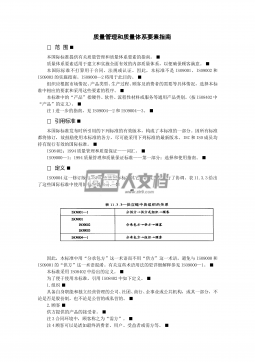
 2024-04-30 75
2024-04-30 75 -
质量管理和质量保证——词汇
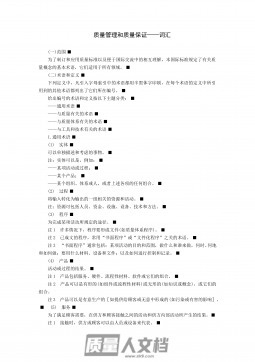
 2024-04-30 59
2024-04-30 59 -
质量管理和质量保证标准——选择和使用指南
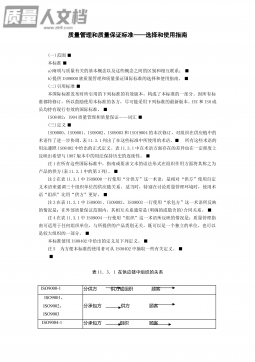
 2024-04-30 51
2024-04-30 51 -
质量体系——设计、开发、生产、安装和服务的质量保证模式
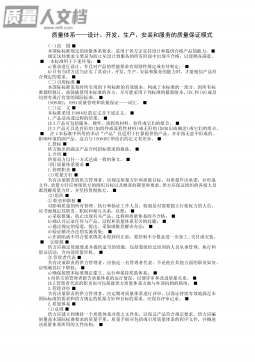
 2024-04-30 78
2024-04-30 78 -
【飞检】医疗器械企业如何迎接GMP飞行检查!
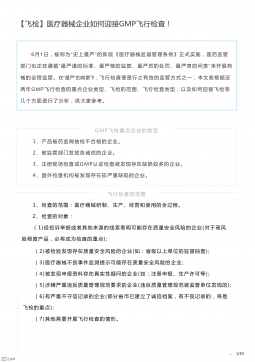
 2024-04-30 74
2024-04-30 74 -
IQC看板
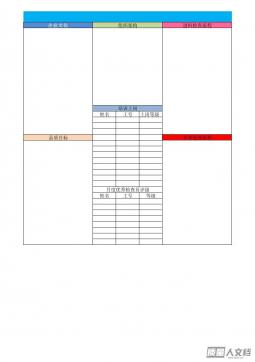
 2024-05-04 39
2024-05-04 39 -
8D根本原因分析之5WHY与鱼骨图完整版解析

 2024-05-07 62
2024-05-07 62 -
grms-guidelines-6-1-date-30-november-2020VIP免费
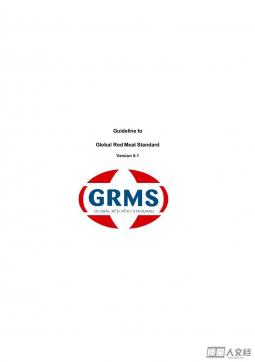
 2024-05-14 38
2024-05-14 38 -
过程能力(Process-Capability)VIP免费
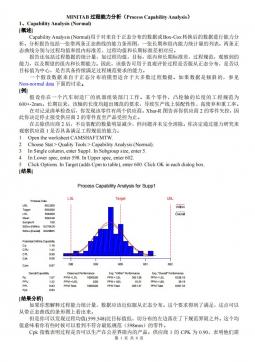
 2024-07-10 44
2024-07-10 44
作者:胖子
分类:专业资料
价格:免费
属性:18 页
大小:40.66KB
格式:DOCX
时间:2024-04-18


